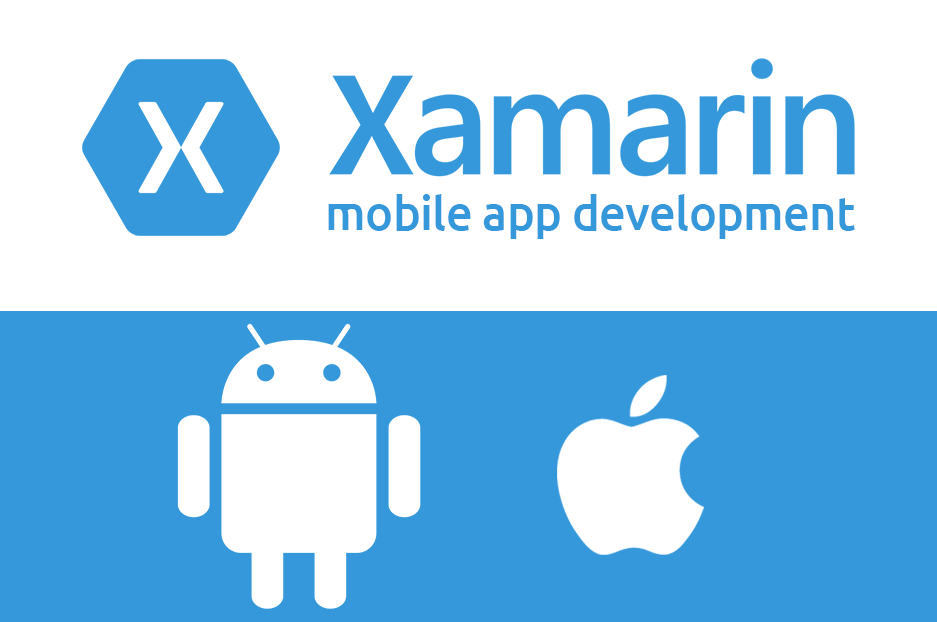
Free eBooks for Beginners
Gestures are a way for users to interact with mobile applications using specific finger movements on a touch screen. These gestures can include things like tapping, swiping, pinching, and more. In Xamarin, you can use the built-in gesture recognizers to detect and respond to these gestures within your app.
One of the most commonly used gestures is the “Tap” gesture. This gesture is used to detect a single finger tap on the screen. To implement a tap gesture in Xamarin, you can use the “TapGestureRecognizer” class. This class provides a simple way to detect tap gestures on a specific view or layout within your app. Once the tap gesture is detected, you can then respond to it by performing a specific action, such as navigating to a new page or displaying a message.
Another commonly used gesture is the “Swipe” gesture. This gesture is used to detect a swipe movement on the screen, typically used to navigate between pages or to perform other actions. To implement a swipe gesture in Xamarin, you can use the “SwipeGestureRecognizer” class. This class provides a way to detect swipe gestures in a specific direction, such as left, right, up or down. Once the swipe gesture is detected, you can then respond to it by performing a specific action, such as navigating to a new page or displaying a message.
Another gesture is the “Pinch” gesture, which allows users to zoom in or out of an image or a view on the screen by using two fingers to move closer together or further apart. To implement a pinch gesture in Xamarin, you can use the “PinchGestureRecognizer” class, This class provides a way to detect pinch gestures and respond to it by scaling the image or view.
Lastly, you can also detect “Pan” gesture, which allows the user to move an element or a view on the screen by dragging it with one finger. To implement a pan gesture in Xamarin, you can use the “PanGestureRecognizer” class. This class provides a way to detect pan gestures and respond to it by moving the element or view on the screen.
It’s important to note that you can use multiple gesture recognizers on a single view or layout in your app. This allows you to create more complex interactions and user experiences. For example, you can use a combination of tap and swipe gestures to navigate through different pages within your app, or use pinch and pan gestures to zoom in and out of an image.
In addition to using the built-in gesture recognizers, you can also create custom gestures in Xamarin. This can be done by creating a custom renderer for the view or layout on which you want to detect the gesture. This allows you to handle the gesture detection and response at a lower level, giving you more control over the gesture detection process and the ability to create more complex gestures.
To sum up, gestures are a powerful way to provide a more interactive and intuitive user experience for mobile applications. Xamarin offers built-in gesture recognizers that make it easy to detect and respond to common gestures such as tap, swipe, pinch, and pan. You can use these gesture recognizers on their own or in combination with others to create more complex interactions. Additionally, you can also create custom gestures by creating a custom renderer for a view or layout in your app. With gestures in Xamarin, you can provide a more engaging and enjoyable experience for your users.
Cookbook – Xamarin for Beginners – Chapter 15
 Loading...
Loading...
Disclaimer: The information and code presented within this recipe/tutorial is only for educational and coaching purposes for beginners and developers. Anyone can practice and apply the recipe/tutorial presented here, but the reader is taking full responsibility for his/her actions. The author (content curator) of this recipe (code / program) has made every effort to ensure the accuracy of the information was correct at time of publication. The author (content curator) does not assume and hereby disclaims any liability to any party for any loss, damage, or disruption caused by errors or omissions, whether such errors or omissions result from accident, negligence, or any other cause. The information presented here could also be found in public knowledge domains.